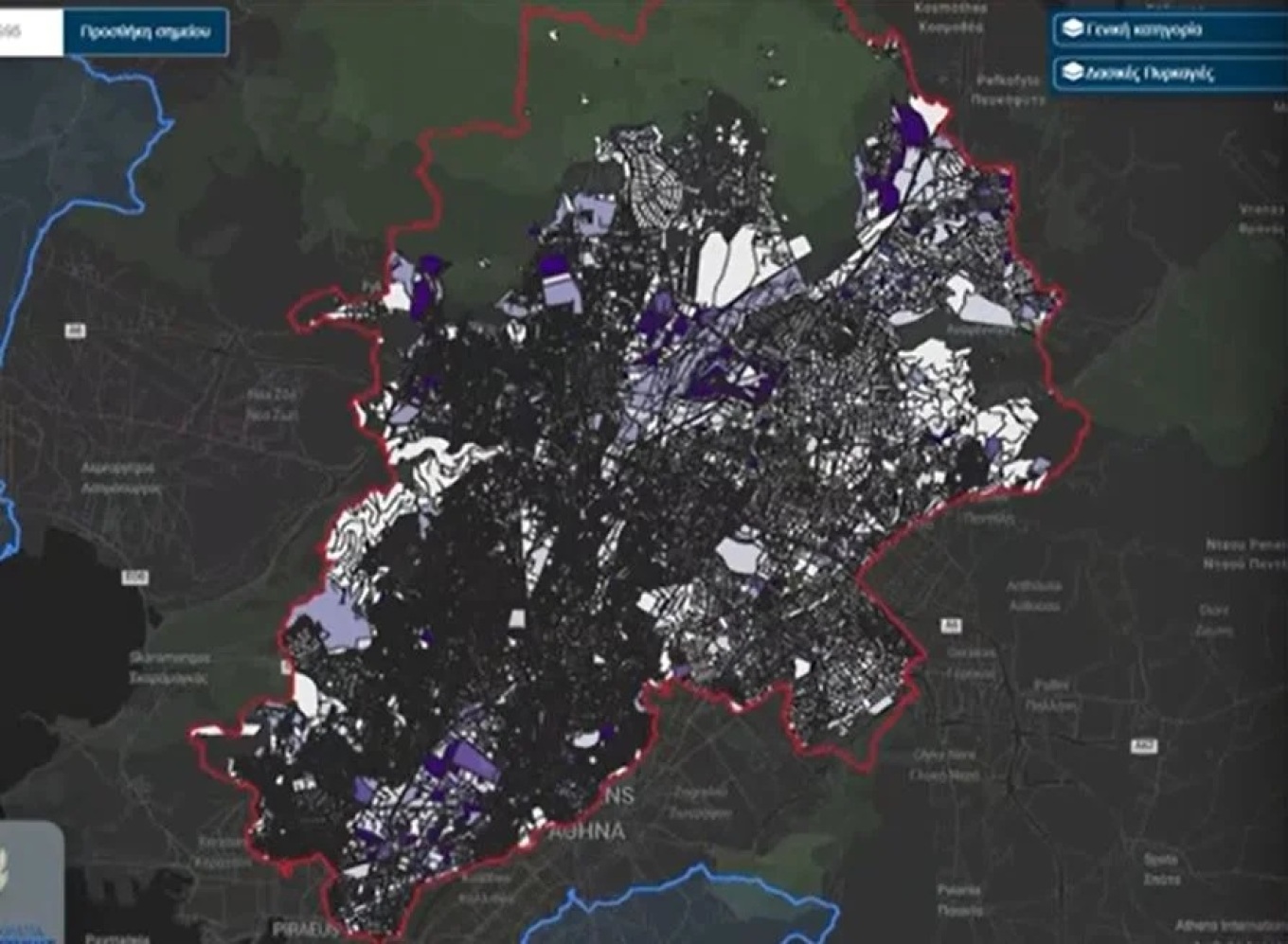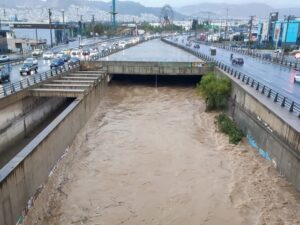The serious consequences of a weather event similar to what impacted Valencia, Spain, if it struck Attica, were described by Charis Kontoes, Director of Research at the National Observatory’s Institute for Astronomy, Astrophysics, Space Applications, and Remote Sensing, during an interview with SKAI.
According to Mr. Kontoes, the area in Attica that would be most affected by extreme flooding, like the Valencia scenario, would be the Kifisos River. Areas south of Aigaleo, from the Three Bridges in Agioi Anargyroi to the Kifisos River delta in Tavros, would be the first to flood, based on forecasting models from the National Observatory of Athens.
He explained that in such an extreme scenario, the Kifisos River could cause widespread flooding along its entire length, covering approximately 35 square kilometers and affecting 18 municipalities – about a quarter of the Attica population.
“Kifisos requires annual maintenance and clearing,” Mr. Kontoes added, explaining that a region’s flood risk depends not only on the extent of floodwaters but also on the area’s vulnerability. This includes factors like the location of buildings near open riverbanks, whether structures have basements or ground-floor pilotis, and if buildings are made of materials that are particularly susceptible to flood or mud damage.

Each block within these areas has been analyzed, and in the map displayed, darker shades indicate higher-risk areas. Kallithea and Moschato stand out as some of the most vulnerable neighborhoods.
“Athens, like any major European capital, faces exposure to such extreme events, which are becoming increasingly difficult to manage,” Mr. Kontoes stated, adding that with changing weather patterns and these phenomena becoming more frequent, the key challenge is to carry out risk assessments and implement flood prevention measures quickly. “In normal conditions, these highly vulnerable areas have flood protection systems, but in extreme situations, additional flood defenses are necessary,” he emphasized.
Ask me anything
Explore related questions





